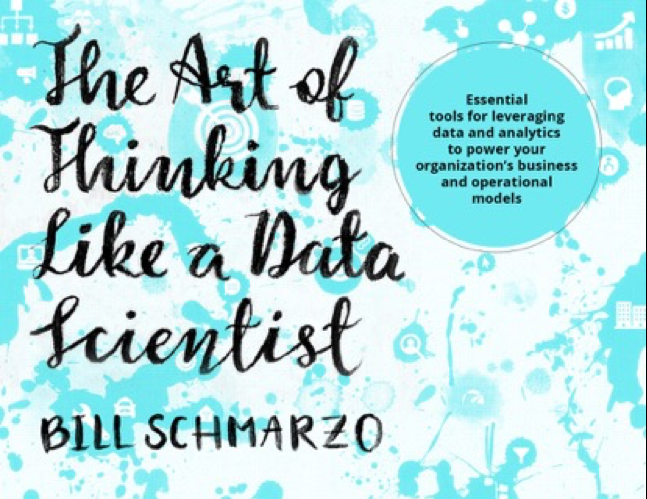The business, economic and social good that can be delivered courtesy of data science is almost unbounded; it has the potential to improve healthcare, public safety, transportation, education, environment, manufacturing, communities and the overall quality of life. If what your organization seeks is to exploit the potential of data science to power your business models; then your next question is “How do I achieve that?” And that’s the topic of this blog.
The How: Data Science Value Engineering
Let me introduce you to the Data Science Value Engineering process (see Figure 1).
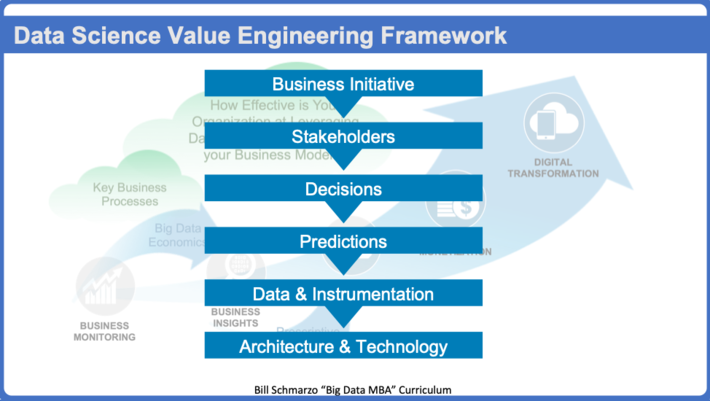
Figure 1: Data Science Value Engineering Framework
Let’s drill into each of the steps of the Data Science Value Engineering Framework – the “How to do it” framework.
Step 1: Identify a Key Business Initiative
As Stephen Covey discussed in his famous book “The Seven Habits of Highly-Effective People”, “Begin with an end in mind.” We have found that the How conversation must start with a focus on the organizations Key Business Initiatives; that is, what is important to the business over the next 12 to 18 months. Your organization may have business initiatives such as:
- Reduce inventory costs
- Improve supply chain reliability
- Reduce unplanned operational downtime
- Improve customer retention
- Improve yield
- Improve “first time fix”
- Improve supply chain reliability and quality
These are all most excellent business initiatives. You just need to invest the time to understand and research them thoroughly including the business, customer, environmental and operational benefits, and the metrics and Key Performance Indicators against which progress and success will be measured.
Step 2: Identify Key Business Stakeholders
Once you identify the targeted business initiative, we want to identify the business stakeholders who either impact or are impacted by the targeted business initiative. This should be at least 4 to 5 different organizations because you want diverse perspectives on how these organizations plan to address or support the targeted business initiative.
We use Personas (a Design Thinking tool) to help us understand with the stakeholders with respect to their work objectives, work environment, key decisions, questions and impediments. Check out “Refined Thinking like a Data Scientist Series” for more on Personas.
Step 3: Identify, Validate, Value and Prioritize the Decisions
Now the money step! Yep, once we know the targeted business initiative and the key stakeholders, then we want to drive facilitated collaboration across the different stakeholders to identify, validate, value and prioritize the decisions that these stakeholders need to make in support of the targeted business initiative. We use the Prioritization Matrix to drive consensus across the different stakeholders on the top priority decisions (see Figure 2).
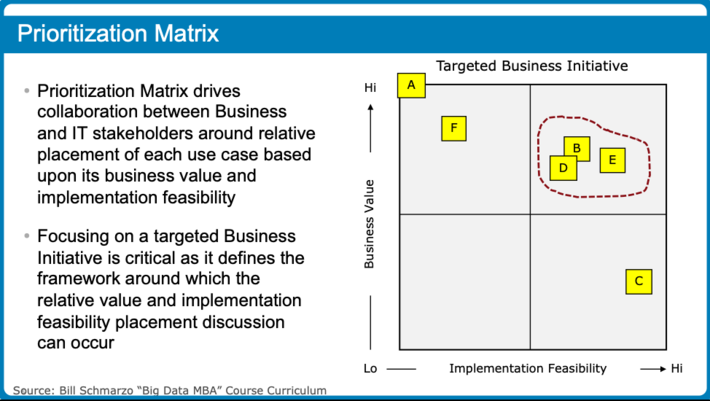
Figure 2: Prioritization Matrix
The Prioritization Matrix is the most powerful business alignment tool I’ve ever used. It works every time…if you do the proper preparation work and are willing to put yourself in harm’s way. See “Prioritization Matrix: Aligning Business and IT On the Big Data Jou…” for more details.
After completing Step 3, everything else is “easy.”
Step 4: Identify Supporting Predictions
For each of the top priority decisions, you want to next identify the predictions that each stakeholder needs to make in support of those decisions. Sometimes it is easier, when working with the business stakeholders, to ask them what questions they need to answer to support their key decisions. Then it’s a simple process of converting those questions into predictions. To help organizations frame or understand the potential of data science, I start my customer conversations with a very simple question:
How effective is your organization at leveraging data and analytics to power your business models?
Figure 3 shows some questions and supporting predictions from an Agriculture example.
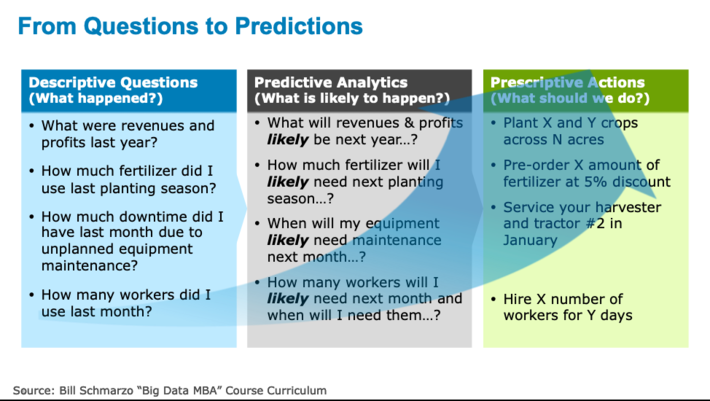
Figure 3: Transitioning Questions into Predictions
For example:
- “What were revenues and profits last year?” (the question) converts into “What will revenues and profits likely be next year?” (the prediction).
- “How much fertilizer did I use last planting season?” (the question) converts into “How much fertilizer will I likely need next planting season?” (the prediction).
See, pretty simple process.
Step 5: Identify Potential Data Sources and Instrumentation Strategy
The next step is to work with the business stakeholders to identify what data mightyou need to make those predictions. The trick for fueling data brainstorming builds upon the “Predictions” identified in Step 4. We simply add the phrase “and what data might you need to make that prediction?” to the prediction statement.
For example:
- What will revenues and profits likely be next year…and what data mightyou need to make that prediction? The data source suggestions might include commodity price history, economic conditions, trade tariffs, fertilizer and pesticide prices, weather conditions, fuel prices and more.
- How much fertilizer will I likely need next planting season…and what data mightyou need to make that prediction? The data source suggestions might include pesticide and herbicide usage history, weather conditions, crops to be planted, pest forecasts, soil conditions, and more.
In the end, we’ll get a matrix of data sources mapped to each key decision (use case) that we can use to prioritize our data and instrumentation (IoT sensor) strategy (see Figure 4).
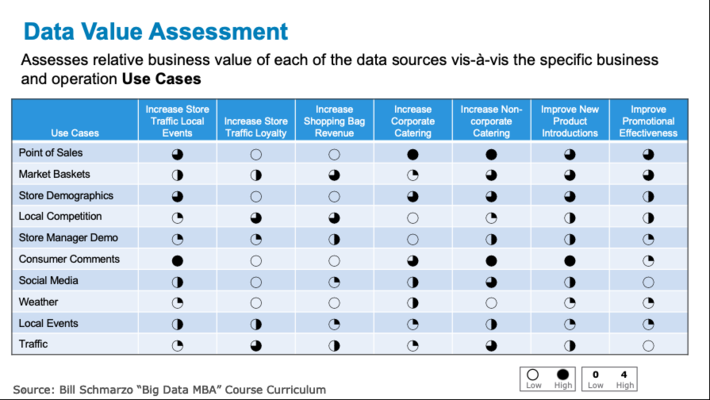
Figure 4: Data Value Assessment Matrix Example
Step 6: Identify Supporting Architecture and Technologies
Finally, we’ll need a Big Data and IoT architecture and technologies upon which we can build the solution that delivers the business value. For example, in an IoT architecture, one will need to consider the architecture and technology choices at the edge, platform (sometimes also referred to as the “Fog”) and at the Enterprise (or Cloud) level as in Figure 5.
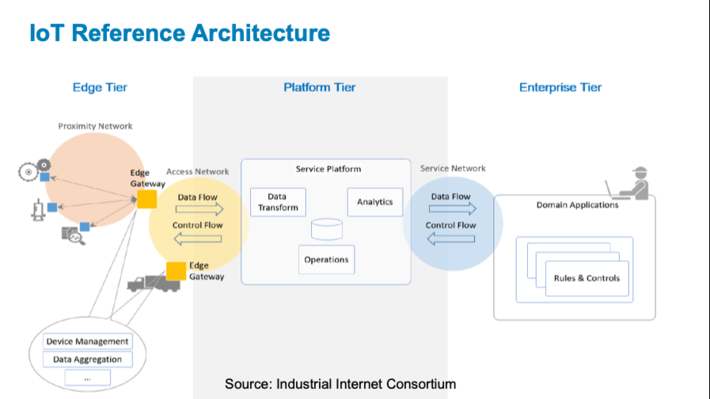
Figure 5: IoT Reference Architecture (Industrial Internet Consortium)
While the architecture and technology choices and integration are never easy, at least you’ll understand what technologies you will need AND what technologies you won’t need.
Data Science Value Engineering Summary
- If what your organization seeks is to exploit the potential of data science to power your business models; then the Data Science Value Engineering Framework provides the “How” the organization can do it.
- The Value Engineering Framework starts with the identification of a key business initiative that not only determines the sources of value, but also provides the framework for a laser-focus on delivering business value and relevance.
- A diverse set of stakeholders is beneficial because it provides more perspectives on the key decisions upon which the data science effort needs to focus.
- The heart of the Data Science Value Engineering Framework is the collaboration with the different stakeholders to identify, validate, value and prioritize the key decisions (use cases) that they need to make in support of the targeted business initiative.
- After gaining a thorough understanding of the top priority decisions (use cases) the analytics, data, architecture and technology conversations now have a frame within which to work (by understanding what’s important AND what’s not important).
By the way, I’m happy to announce the release of my 3rd book: “The Art of Thinking Like A Data Scientist”. This book is designed to be a workbook – a pragmatic tool that you can use to help your organization leverage data and analytics to power your business and operational models. The book is jammed with templates, worksheets, examples and hands-on exercises, all composed to help reinforce and deploy the fundamental concepts of Thinking Like A Data Scientist.
